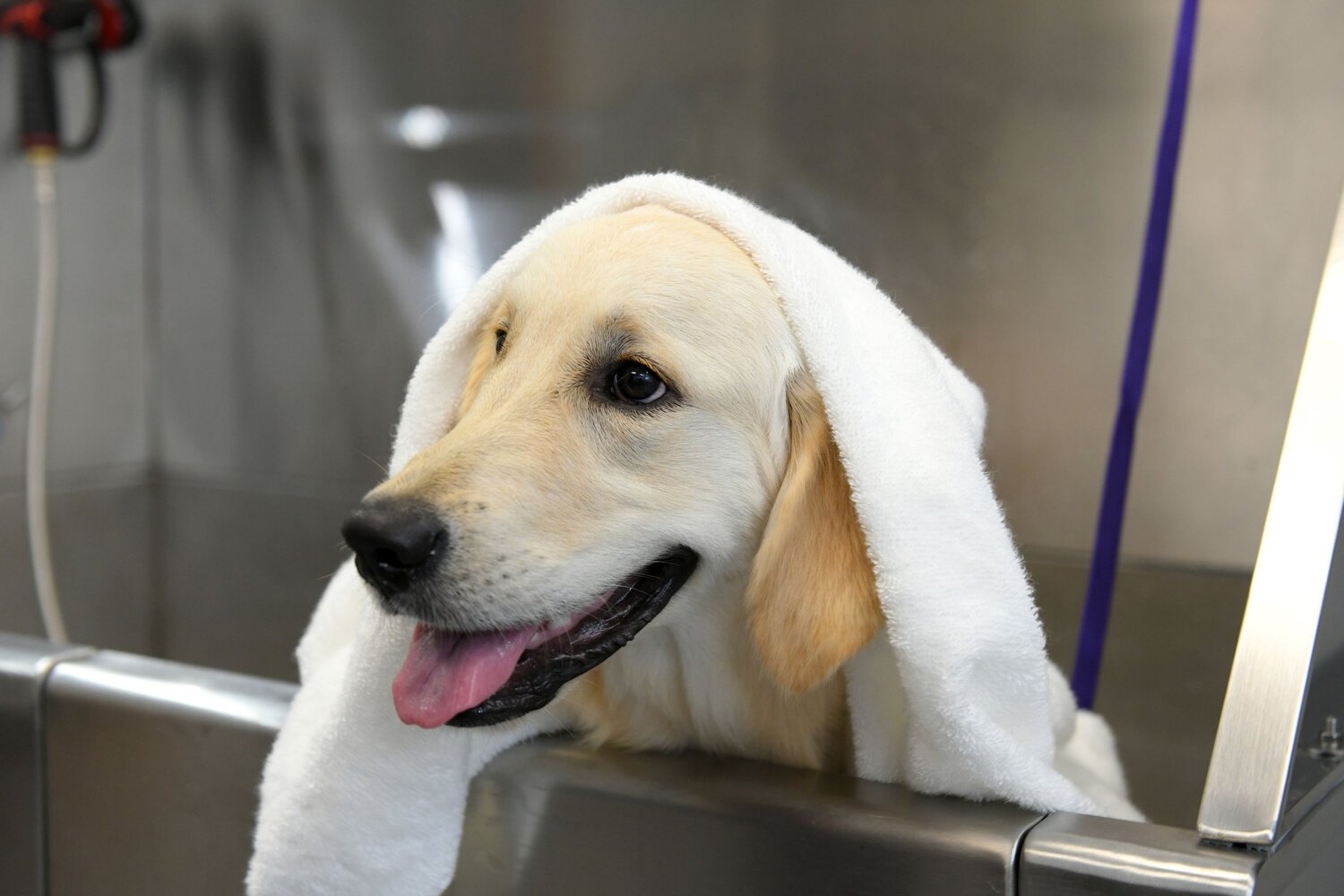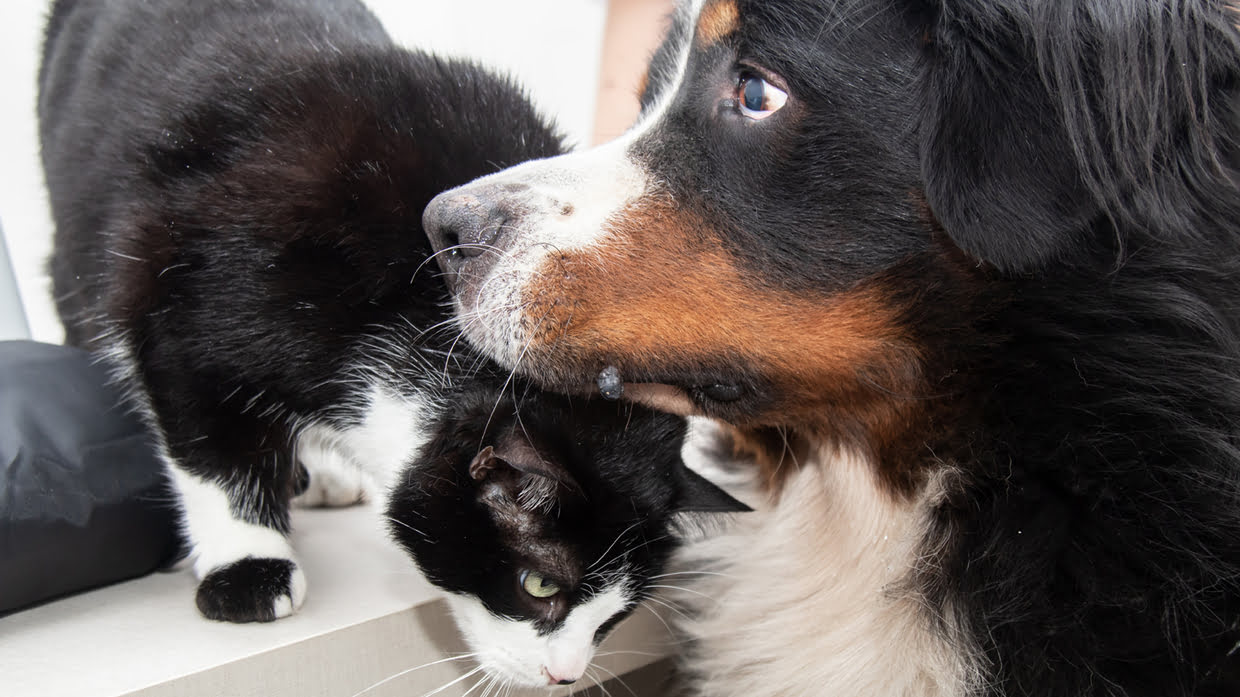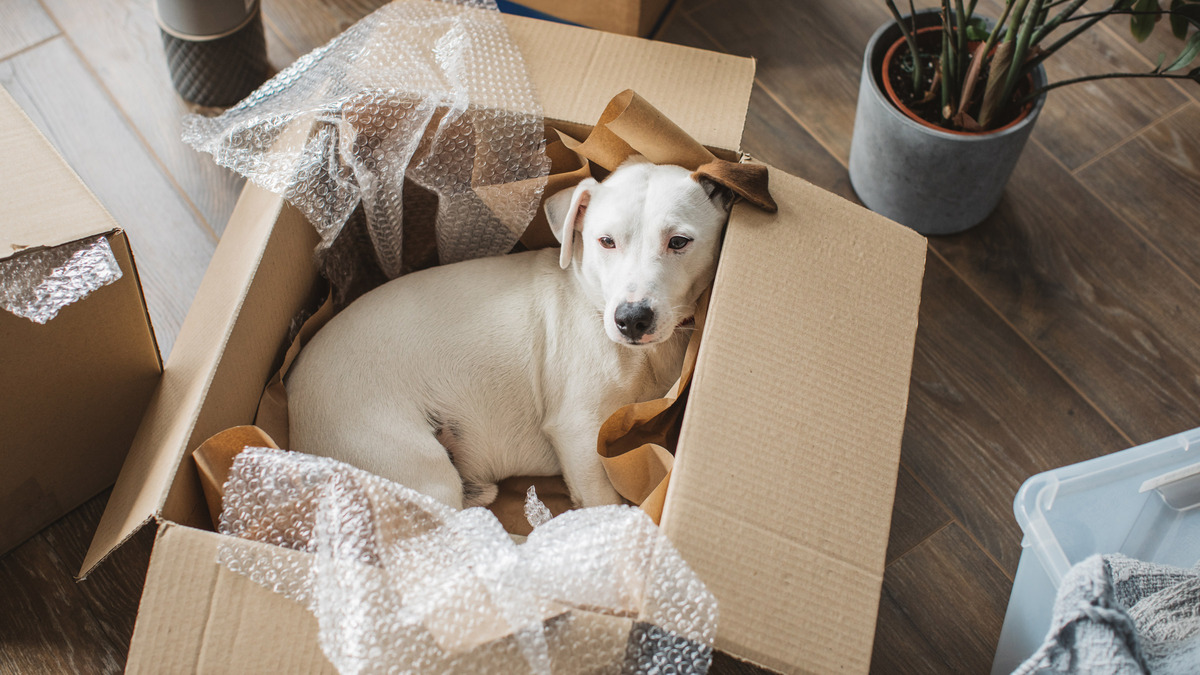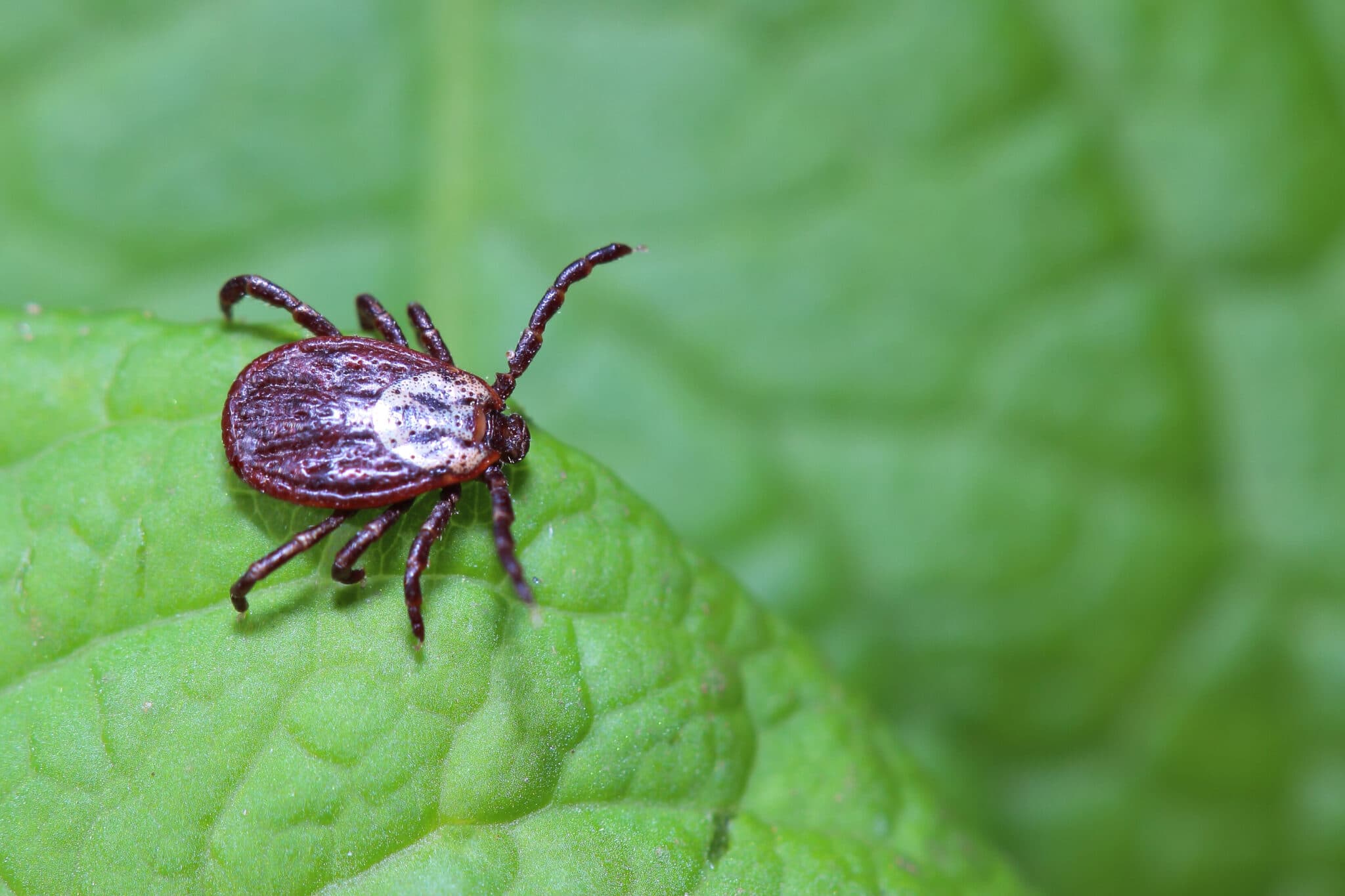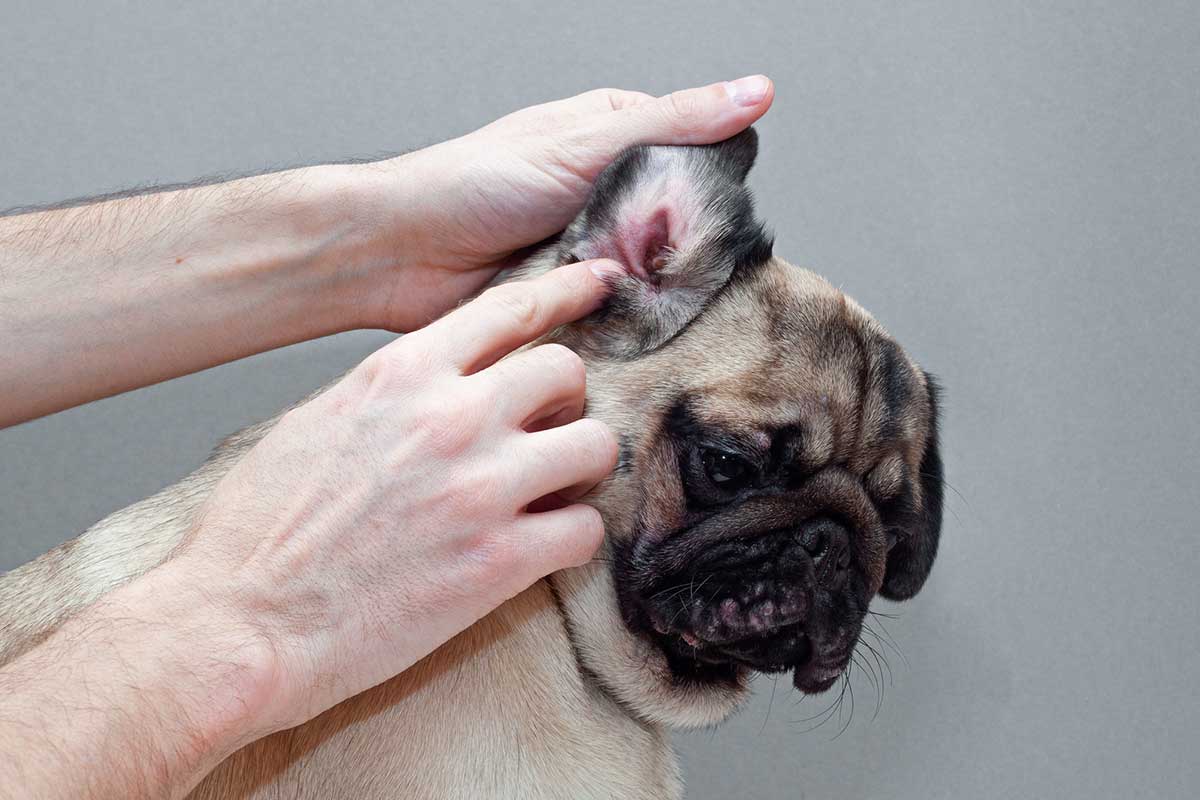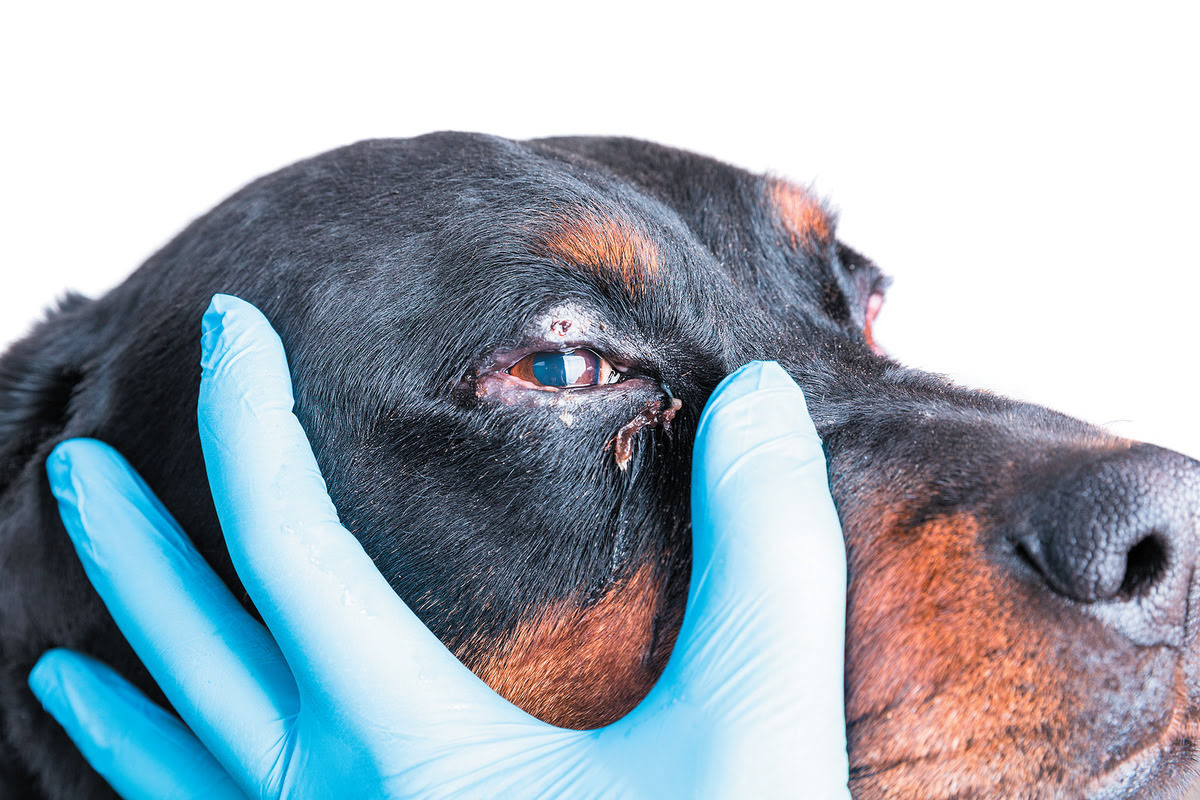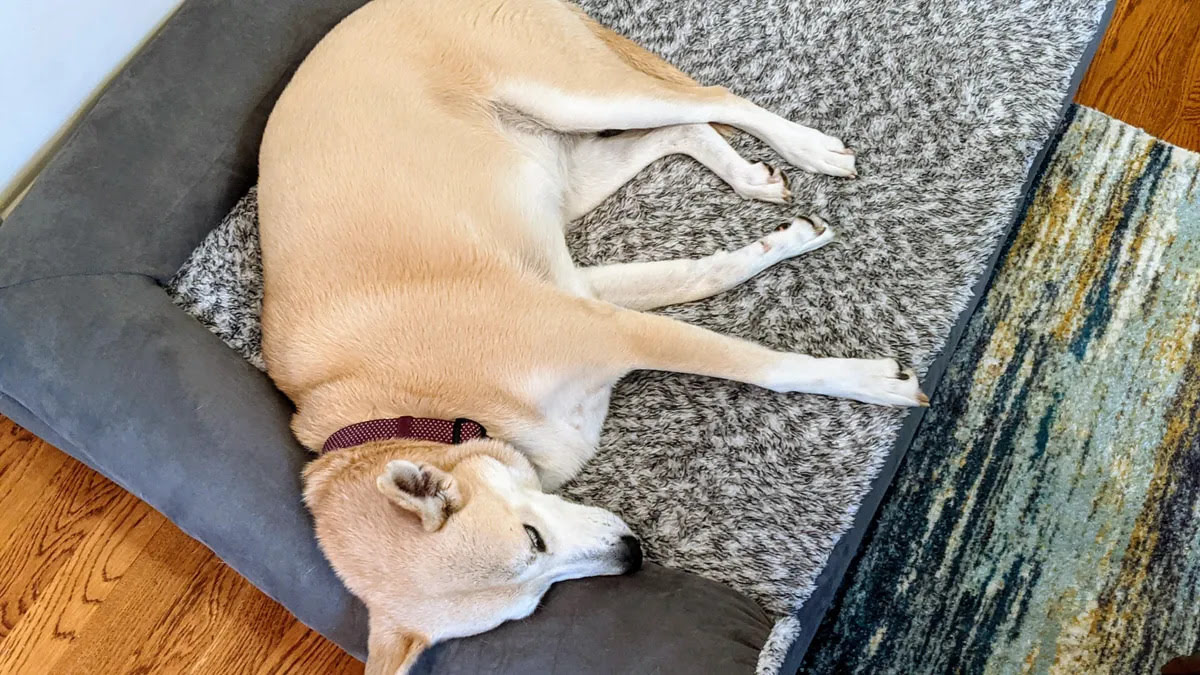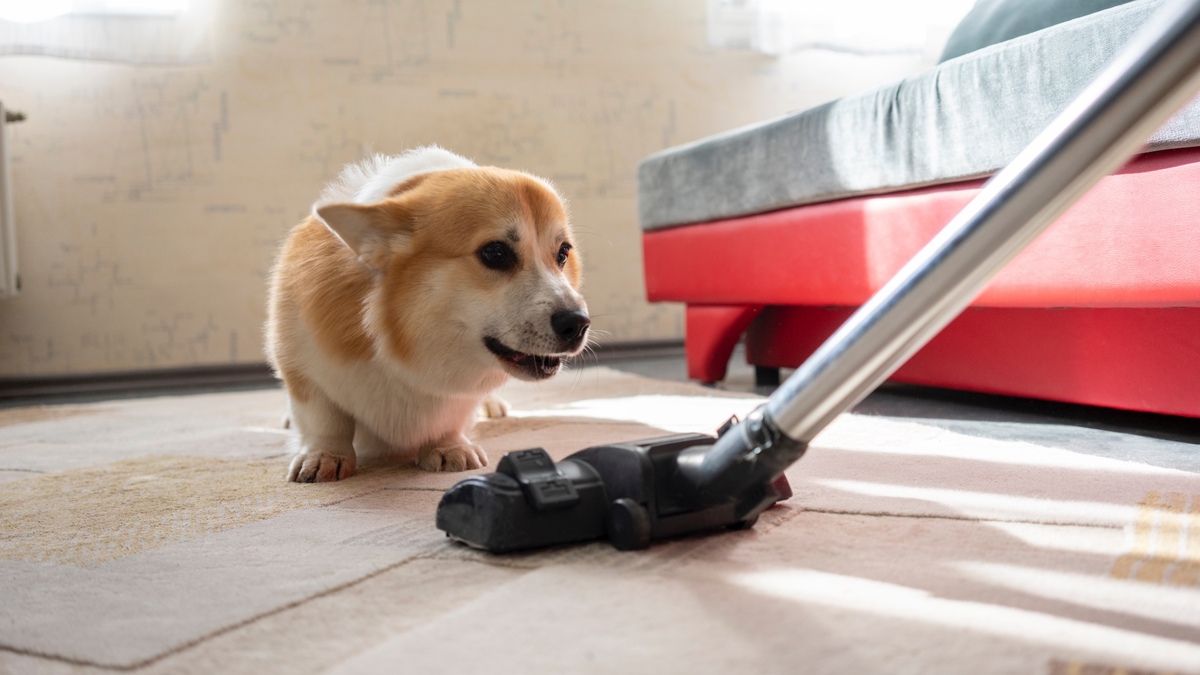Home>Health & Wellness>Common Health Issues>How To Get Rid Of Fleas In Your Dog And Carpets


Common Health Issues
How To Get Rid Of Fleas In Your Dog And Carpets
Modified: February 21, 2024
Learn effective ways to eliminate fleas from your dog and carpets to prevent common health issues. Get expert tips and advice for a flea-free home.
(Many of the links in this article redirect to a specific reviewed product. Your purchase of these products through affiliate links helps to generate commission for Pawsomeoldies.com, at no extra cost. Learn more)
Table of Contents
Introduction
Dealing with a flea infestation can be a frustrating and challenging experience for any pet owner. These tiny, blood-sucking pests not only cause discomfort to your beloved furry friend but can also infest your home, making it a nightmare to get rid of them completely. However, with the right approach and knowledge, you can effectively tackle this issue and restore peace and comfort to your home.
Fleas are parasitic insects that thrive by feeding on the blood of animals, particularly dogs and cats. These tiny creatures can quickly multiply and infest your pet and living spaces, causing itching, irritation, and potential health issues for both your pet and your family. Understanding the flea problem is the first step in effectively combating and preventing infestations.
In this comprehensive guide, we will delve into the various aspects of dealing with fleas, from treating your dog for fleas to addressing flea infestations in your carpets. We will also explore preventive measures to help you avoid future flea problems. By the end of this guide, you will have the knowledge and tools to tackle flea infestations head-on and create a comfortable, flea-free environment for your beloved pet and your family.
Let's embark on this journey to conquer the flea problem and restore peace and comfort to your home.
Understanding the flea problem
Fleas are small, wingless insects that survive by feeding on the blood of animals, particularly dogs and cats. These pests are equipped with powerful hind legs that allow them to jump impressive distances, enabling them to move from one host to another with ease. Fleas can quickly infest your pet and living spaces, posing a significant nuisance and potential health risks.
One of the key challenges with fleas is their rapid reproduction cycle. A single female flea can lay dozens of eggs each day, leading to a swift and widespread infestation if left unchecked. These eggs can fall off your pet and scatter throughout your home, including carpets, bedding, and furniture, creating multiple breeding grounds for fleas.
Understanding the life cycle of fleas is crucial in addressing the problem effectively. Fleas undergo complete metamorphosis, progressing through four distinct stages: egg, larva, pupa, and adult. The entire life cycle can take as little as two weeks, depending on environmental conditions such as temperature and humidity. This rapid life cycle allows fleas to multiply exponentially, making it essential to tackle infestations promptly and thoroughly.
Flea bites can cause discomfort and irritation to your pet, leading to excessive scratching, skin inflammation, and potential allergic reactions. Moreover, fleas can transmit diseases and parasites, posing health risks to both animals and humans. It's important to recognize the signs of a flea infestation, such as excessive scratching, visible fleas or flea dirt (feces), and skin irritation, to take timely action.
In addition to infesting pets, fleas can also take up residence in carpets, upholstery, and bedding, making it challenging to eradicate them completely. Understanding the behavior and habitats of fleas is crucial in implementing effective control measures to eliminate these pests from your home environment.
By gaining a comprehensive understanding of the flea problem, including their life cycle, impact on pets and humans, and their ability to infest living spaces, you can equip yourself with the knowledge needed to combat and prevent flea infestations effectively. This understanding forms the foundation for implementing targeted treatment and preventive measures to create a comfortable and flea-free environment for your beloved pet and your family.
Treating your dog for fleas
Treating your dog for fleas is a crucial step in combating infestations and providing relief to your pet. There are several effective methods to eliminate fleas from your dog and prevent reinfestation.
-
Flea Shampoos and Baths: Utilizing specially formulated flea shampoos and baths can effectively kill fleas on your dog's coat. These products contain active ingredients that target fleas, removing them from your pet's fur and providing immediate relief from itching and discomfort.
-
Topical Spot-on Treatments: Topical spot-on treatments are applied directly to your dog's skin, typically between the shoulder blades. These treatments contain insecticides that kill fleas on contact and provide long-lasting protection against reinfestation. It's essential to follow the instructions carefully and use products specifically designed for the size and weight of your dog.
-
Oral Flea Medications: Oral flea medications are available in the form of chewable tablets or flavored treats. These medications work systemically, circulating in your dog's bloodstream and targeting fleas when they bite. They are convenient and provide comprehensive protection against fleas, disrupting their life cycle and preventing infestations.
-
Flea Collars: Flea collars are designed to repel and kill fleas on your dog's neck and head area. These collars release active ingredients that spread across your pet's skin and coat, creating a protective barrier against fleas. Some flea collars also target flea eggs and larvae, effectively breaking the flea life cycle.
-
Regular Grooming and Vacuuming: Regular grooming, including brushing your dog's coat and using a flea comb, can help remove adult fleas and their eggs. Additionally, vacuuming your home frequently, especially areas where your dog spends time, can help eliminate flea eggs and larvae from carpets and upholstery.
-
Environmental Control: Treating your dog for fleas should be complemented by addressing flea infestations in your home environment. Washing your dog's bedding, blankets, and other washable items in hot water can help eliminate fleas and their eggs. Using pet-safe flea sprays or foggers in your home can target fleas in carpets, furniture, and other living spaces.
It's important to consult your veterinarian before choosing a flea treatment method for your dog, especially if your pet has underlying health conditions or is on medication. Additionally, consistent and thorough application of flea treatments, along with preventive measures, is essential to ensure long-term protection against fleas.
By implementing a comprehensive approach to treating your dog for fleas, including the use of appropriate products, regular grooming, and environmental control, you can effectively eliminate fleas from your pet and create a comfortable, flea-free environment for your beloved companion.
Treating your carpets for fleas
Addressing flea infestations in carpets and other living spaces is essential to effectively eliminate these pests from your home environment. Fleas can lay eggs in carpets, leading to persistent infestations and reinfesting your pets. Implementing targeted treatment methods for your carpets can significantly contribute to eradicating fleas and preventing their return.
Vacuuming
Regular and thorough vacuuming is a fundamental step in treating carpets for fleas. Use a vacuum cleaner with strong suction power and a high-efficiency particulate air (HEPA) filter to effectively remove adult fleas, eggs, and larvae from carpets. Pay special attention to areas where your pets spend time, along baseboards, and beneath furniture. Vacuuming not only eliminates existing fleas but also disrupts the flea life cycle by removing eggs and larvae.
Read more: How To Get Rid Of Fleas In A Dog Pen
Steam Cleaning
Utilizing steam cleaning or hot water extraction can help eliminate fleas and their eggs from carpets. The high temperatures generated during steam cleaning can effectively kill fleas at all life stages, providing a comprehensive approach to carpet treatment. Ensure that the steam cleaner reaches a temperature sufficient to eradicate fleas and sanitize the carpet fibers.
Flea Powders and Sprays
Applying flea powders or sprays specifically designed for carpets can provide targeted treatment against fleas. These products contain insecticides that kill adult fleas and inhibit the development of eggs and larvae. When using flea powders, ensure thorough coverage of the carpet surface and follow the instructions regarding application and safety precautions. Similarly, flea sprays can penetrate carpet fibers to reach fleas hiding within, contributing to a more thorough treatment.
Diatomaceous Earth
Diatomaceous earth, a natural and non-toxic substance, can be sprinkled onto carpets to combat fleas. This fine powder works by dehydrating and ultimately killing fleas upon contact. Leave the diatomaceous earth on the carpet for a period specified on the product label to ensure effective flea elimination. Afterward, vacuum the treated areas to remove the powder along with the deceased fleas.
Professional Carpet Treatment
In severe or persistent flea infestations, seeking professional carpet treatment services may be necessary. Professional carpet cleaners can employ specialized techniques and products to eradicate fleas from carpets, ensuring a thorough and effective approach to flea control. Additionally, professional treatment can address underlying issues such as flea eggs and larvae deeply embedded in carpet fibers.
By implementing these targeted methods for treating your carpets for fleas, you can effectively eliminate these pests from your home environment and create a comfortable, flea-free living space for your beloved pet and your family. Consistency and thoroughness in carpet treatment, combined with concurrent pet treatment and preventive measures, are essential in achieving long-term flea control and maintaining a healthy home environment.
Read more: How To Get Rid Of Dog Fleas And Lice
Preventing future flea infestations
Preventing future flea infestations is essential to maintain a healthy and comfortable environment for your pets and family. By implementing proactive measures and integrating preventive strategies into your routine, you can significantly reduce the risk of recurring flea problems and ensure long-term protection against these persistent pests.
Regular Pet Care
Consistent and thorough pet care is a cornerstone of flea prevention. Establish a regular grooming routine for your pets, including brushing their coats and using a flea comb to detect and remove any adult fleas or flea dirt. Bathing your pets with flea-repellent shampoos can help eliminate existing fleas and deter future infestations. Additionally, maintaining your pets' overall health through balanced nutrition and regular veterinary check-ups can contribute to their resilience against fleas and other parasites.
Environmental Maintenance
Maintaining a clean and well-kept environment is crucial in preventing flea infestations. Regular vacuuming of carpets, rugs, and upholstery, especially in areas frequented by pets, can help remove flea eggs and larvae, disrupting their life cycle. Washing pet bedding, blankets, and other washable items in hot water can effectively eliminate fleas and their eggs. Furthermore, keeping outdoor areas, such as yards and gardens, well-maintained can reduce the presence of fleas and their potential entry into your home.
Integrated Pest Management
Implementing an integrated pest management approach can bolster your efforts in preventing flea infestations. This approach involves utilizing a combination of preventive measures, such as flea treatments for pets, environmental control, and targeted use of flea control products in and around your home. By integrating these strategies, you can create multiple barriers against fleas, reducing the likelihood of infestations and minimizing the need for extensive flea control measures.
Read more: How To Get Rid Of Fleas And Ticks On My Dog
Flea Control Products
Utilizing flea control products, such as spot-on treatments, oral medications, and flea collars, can provide ongoing protection against fleas for your pets. Consult with your veterinarian to select the most suitable products based on your pets' specific needs and lifestyle. Additionally, employing pet-safe flea sprays or foggers in your home, particularly in areas where fleas are likely to thrive, can serve as a preventive measure to deter infestations.
Vigilance and Early Intervention
Remaining vigilant and proactive in monitoring your pets and living spaces for signs of fleas is crucial in preventing infestations. Promptly addressing any signs of flea activity, such as excessive scratching or visible fleas, can prevent the escalation of infestations. Early intervention, coupled with swift and targeted treatment, can effectively contain flea populations and prevent them from establishing widespread infestations.
By incorporating these preventive measures into your pet care and household maintenance routines, you can create a resilient defense against flea infestations and maintain a harmonious and flea-free living environment for your beloved pets and your family. Consistency, diligence, and a proactive approach are key in achieving long-term flea prevention and ensuring the well-being of your pets.
Conclusion
In conclusion, conquering the challenge of flea infestations requires a multifaceted approach that encompasses treating your pets, addressing your living spaces, and implementing preventive measures. By gaining a comprehensive understanding of the flea problem, including their life cycle and impact on pets and humans, you can equip yourself with the knowledge needed to combat and prevent flea infestations effectively.
Treating your dog for fleas involves utilizing a range of methods, including flea shampoos, topical spot-on treatments, oral medications, flea collars, regular grooming, and environmental control. These strategies not only eliminate existing fleas on your pet but also contribute to preventing reinfestation and creating a comfortable environment for your beloved companion.
Addressing flea infestations in carpets and living spaces is equally crucial. Through thorough vacuuming, steam cleaning, flea powders and sprays, diatomaceous earth, and professional carpet treatment, you can effectively eliminate fleas and their eggs from your home environment, contributing to a comprehensive approach to flea control.
Preventing future flea infestations is a proactive endeavor that involves regular pet care, environmental maintenance, integrated pest management, and the strategic use of flea control products. By integrating these preventive measures into your routine, you can significantly reduce the risk of recurring flea problems and ensure long-term protection against these persistent pests.
In essence, the battle against fleas requires diligence, knowledge, and a proactive mindset. By implementing the strategies outlined in this guide and remaining vigilant in your efforts, you can create a resilient defense against flea infestations and maintain a harmonious and flea-free living environment for your beloved pets and your family. Consistency, diligence, and a proactive approach are key in achieving long-term flea prevention and ensuring the well-being of your pets.
